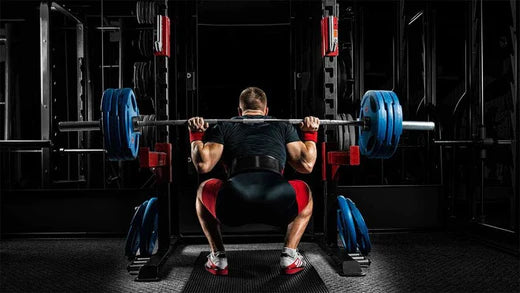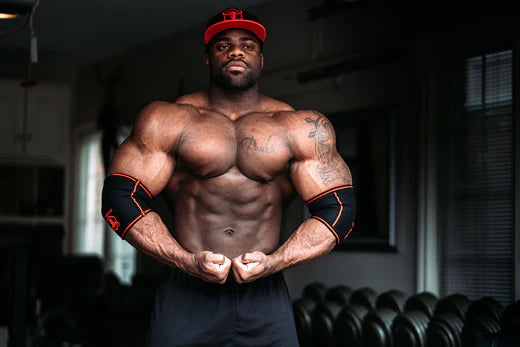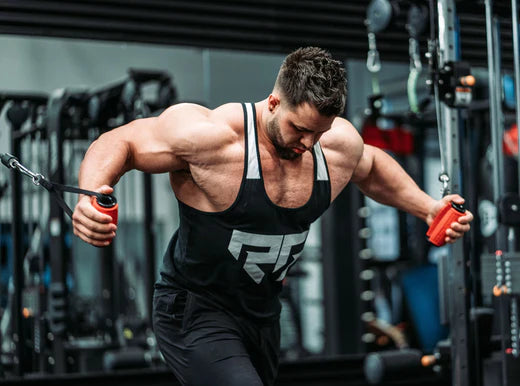blog
Are Barbell Back Squats Mandatory To Build Muscle?
Charles Alexandre Legare
0 comments



